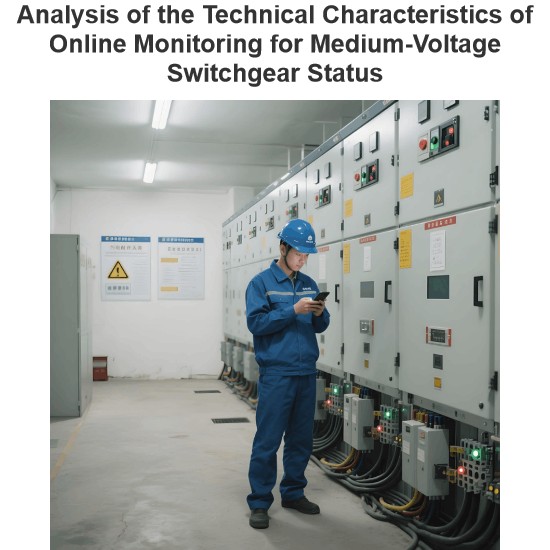Testing of Circuit Breaker
Circuit Breaker Testing: Challenges and Procedures
Testing circuit breakers is a far more intricate task compared to testing other electrical equipment such as transformers or machines, primarily due to the extremely large magnitudes of short - circuit currents involved. In contrast, the testing of transformers is typically categorized into two main groups: type tests and routine tests.
Type Tests of Circuit Breakers
Type tests are essential for validating the capabilities and confirming the rated characteristics of a circuit breaker. These tests are carried out in specialized testing laboratories designed to handle the unique requirements of circuit breaker evaluations. Type tests can be broadly classified into several key categories, including mechanical performance tests, thermal tests, dielectric or insulating tests, and short - circuit tests, which assess aspects such as making capacity, breaking capacity, short - time rating current, and operating duty.
Mechanical Test
The mechanical test is a crucial assessment of the circuit breaker's mechanical capabilities. It involves repeatedly opening and closing the breaker to ensure that it operates at the correct speed and can perform its designated functions without experiencing any mechanical failures. This test simulates the normal and extreme operating conditions that the circuit breaker may encounter during its service life, verifying its durability and reliability in mechanical operations.
Thermal Test
Thermal tests are conducted to thoroughly examine the thermal behavior of circuit breakers. During these tests, the breaker under evaluation is subjected to its rated current flowing through its poles under rated conditions. The goal is to monitor the steady - state temperature rise within the breaker. For currents less than 800A of normal current, the allowable temperature rise for the rated current should not exceed 40°C, while for normal currents of 800A and above, the limit is set at 50°C. These temperature limits are critical to prevent overheating, which could lead to insulation degradation and component failure.
Dielectric Test
Dielectric tests are performed to assess the circuit breaker's ability to withstand power - frequency and impulse voltages. Power - frequency tests are typically conducted on new circuit breakers, with the test voltage varying according to the breaker's rated voltage. The test voltage, with a frequency ranging from 15 - 100Hz, is applied in three specific configurations: (1) between the poles when the circuit breaker is closed, (2) between the pole and earth when the circuit breaker is open, and (3) across the terminals when the circuit breaker is open.
In impulse tests, a specified magnitude of impulse voltage is applied to the breaker. For outdoor circuit breakers, both dry and wet tests are carried out to simulate different environmental conditions and ensure the breaker's insulation integrity under various circumstances.
Short - Circuit Test
Short - circuit tests are conducted in specialized short - circuit test laboratories, where circuit breakers are intentionally subjected to sudden short - circuit conditions. Oscillograms are recorded during these tests to closely analyze the breaker's behavior at critical moments, including when it is switched on, during contact breaking, and after arc extinction.
The recorded oscillograms are carefully studied with a focus on parameters such as making and breaking currents (both symmetrical and asymmetrical), restriking voltages, and in some cases, the switchgear is tested under rated conditions. This detailed analysis helps in understanding the breaker's performance and reliability during fault conditions and in validating its design and ratings.
Routine Tests of Circuit Breakers
Routine tests are performed in accordance with the standards recommended by the Indian Engineering Service and Indian Standards. These tests are typically carried out at the manufacturer's premises and serve to confirm the proper functioning of the circuit breaker.
One of the routine tests is the power - frequency voltage test, which follows the same procedures as those described under type tests. Additionally, a millivolt drop test is conducted to measure the voltage drop within the current path of the breaker mechanism, providing insights into the electrical resistance and integrity of the current - carrying components. An operational test is also performed, where the breaker's tripping mechanism is simulated by artificially closing the contacts of the relays. This test verifies the breaker's ability to respond correctly to fault signals and perform its protective functions as intended.
The Electricity Encyclopedia is dedicated to accelerating the dissemination and application of electricity knowledge and adding impetus to the development and innovation of the electricity industry.













